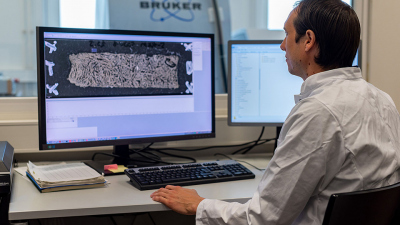Page path:
- Home
- Discover
- Archive News
- News 2023
- NatGeo-List
MARUM study in National Geographic's top 11 list
Dec 29, 2023

National Geographic's inclusion in the list recognizes the team's approach of searching for molecular fossils to detect the cell membrane of eukaryotes. Eukaryotes are organisms with a clearly defined nucleus such as animals, plants and fungi.


